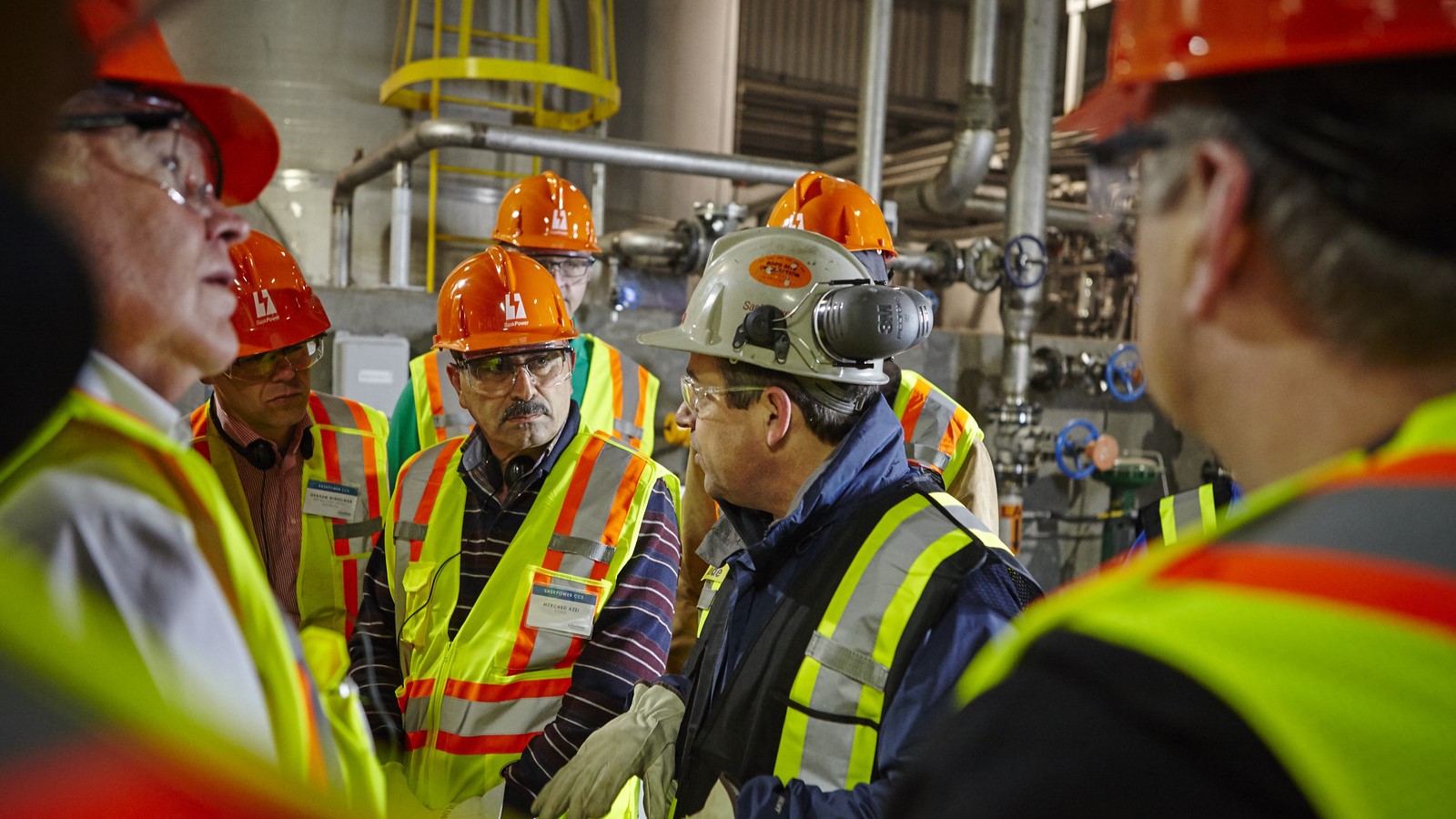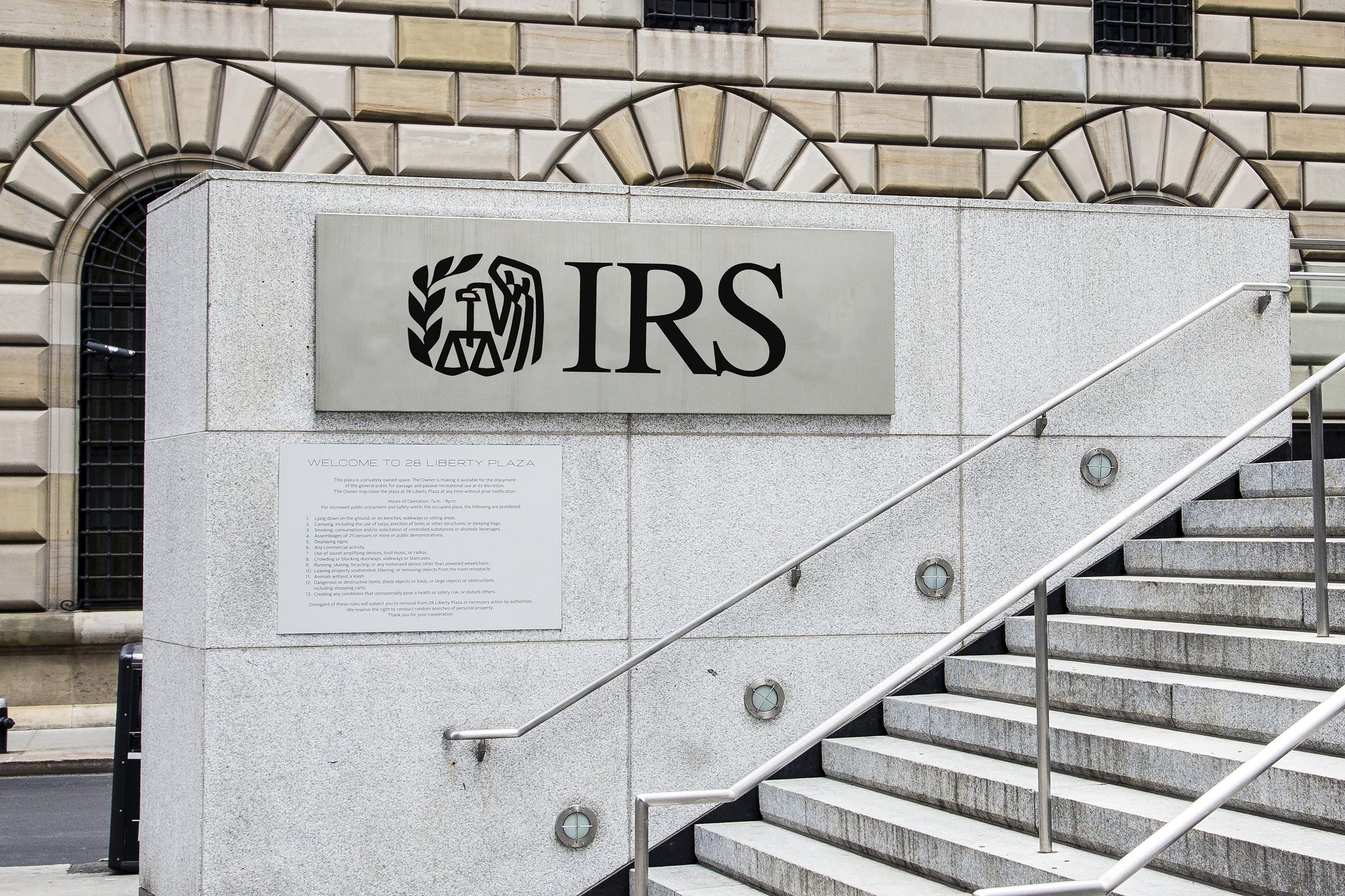When Congress passed the Inflation Reduction Act (IRA) in 2022, it set the stage for the largest climate and clean energy investments in America’s history. But embedded within the IRA’s passage were a handful of provisions that, if implemented poorly, could instead use taxpayer money to subsidize the dirty fossil fuel industry without any meaningful climate benefits. It is absolutely critical that the Biden administration implement every provision of the IRA consistent with its core purpose of fighting the climate crisis.
One key IRA provision that needs close safeguards is the revised tax credit for carbon oxide (CO) sequestration. The IRA expanded and extended this credit, referred to as “45Q.” First created in 2008 to spur investment in carbon sequestration technologies, the 45Q tax credit has since become notorious for its poor monitoring and non-compliance with Environmental Protection Agency (EPA) regulations.
This includes failing to adequately report sequestered carbon. And that’s a big problem: This is public money and dangerous pollution on the line. American taxpayers should never have to foot the bill for fake sequestration. Given that Congress has decided to invest billions more into carbon sequestration, the minimum first step we need is sensible guardrails for the revised 45Q tax credit.
Summary of Our Policy Recommendations for IRS and EPA
Fortunately, we have an opportunity. The Internal Revenue Service (IRS) is expected to release guidance for that revised tax credit, which we expect to see in the coming months. IRS and EPA must act upon their respective authorities to ensure that every ton of carbon captured is really sequestered for the long term and create the strongest possible guardrails for the 45Q tax credit. Here’s how.
- Applicants for the 45Q tax credit must provide independent third-party verification of the amount of carbon dioxide and carbon monoxide stored each year. This data must account for any leaks discovered.
- IRS and EPA must better coordinate to ensure real and independently verified monitoring and measurement, undertaking a Memorandum of Understanding (MOU) to share data, and using their authorities to ensure independent third-party verification of carbon sequestration under 45Q.
- To make sure carbon stays captured, and that the government can recoup any funds for failed projects, the Department of Treasury should stipulate a 12-year recapture period to address long-term monitoring concerns about sequestered carbon. Tax credit applicants should be required to keep records for the duration of this 12-year lookback period.
A Note About CCS
There is, of course, a much wider push to clean up the power sector and industry. We are not suggesting that carbon, capture, and storage (CCS) technology leads the way over cheaper and better zero-emission technologies. We need a suite of policies to help move our entire power and industrial system away from combustion wherever possible, always asking first whether we can simply replace fossil fuels at a given site with clean energy, rather than uncritically bolting on CCS technologies.
Very often, renewable power, energy efficiency, and energy storage will be much better options. It is especially important to include a strong focus on eliminating disparate pollution impacts in communities nationwide in all planning. Though these larger policies are not the focus of this memo, they should be central to the Biden administration’s overall approach to CCS. But where CCS is used, the tax credit system supporting it certainly needs to ensure it delivers actual, accountable, and transparent results at the very least, as many community, environmental justice, and taxpayer groups have recently reemphasized.
History of the 45Q Tax Credit
The 45Q tax credit for carbon sequestration was first introduced by Congress in 2008 through the Energy Improvement and Extension Act. The legislation, which added a tax credit for carbon dioxide sequestration to the U.S. tax code (26 U.S. Code § 45Q), was intended to encourage investment in carbon sequestration. By 2018, Congress extended and expanded the 45Q tax credit in the Bipartisan Budget Act (BBA). It changed 45Q to cover both carbon dioxide and carbon monoxide and specified that tax credits would be available for 12 years. Now, the IRA has once again expanded and extended the 45Q tax credit, this time introducing a new slate of provisions that reshaped the credit’s accessibility.
How the IRA Altered the Existing Credit
The Value of the 45Q Tax Credit Increased
Congress raised the 45Q tax credit to a maximum of $85 per tonne of carbon dioxide captured and permanently stored in geological formations. For direct air capture (DAC) of carbon dioxide from the atmosphere, the tax credit increased to a maximum of $180 per tonne utilized or stored after capture from the atmosphere. By increasing the value of the tax credit, the federal government attempted to make the use of carbon sequestration (PDF) technologies more “attractive” for industrial sectors.
These IRA-raised credit values for 45Q won’t come cheap. In fact, the Joint Committee on Taxation estimates that IRA changes to 45Q could cost taxpayers $3.2 billion over the next decade. Meanwhile, the Department of Treasury sets this number far higher—up to $30.3 billion (PDF) over the next 10 years. Given that these changes are now federal law, it’s all the more important to strengthen guardrails to prevent misuse of these credits.
Certain Taxpayers Could Receive 45Q Tax Credits Through Cash Payment
Companies with smaller tax liabilities are eligible to receive “direct pay,” as opposed to credit against their federal income tax liabilities, for the first five years of a project’s operation. The introduction of “direct pay” raises further challenges for monitoring and taxpayer compliance, especially in light of 45Q’s existing track record of waste and non-compliance.
The Increased Tax Credit Value Became Contingent Upon Work Requirements
To receive the raised rate of $85 per tonne, facilities must pay prevailing wages during the first 12 years of operation and meet registered apprenticeship requirements.
The Tax Credit Expanded to a Wider Range of Investors and Developers
The legislation drastically lowered the tonnage threshold of CO2 that a project is required to sequester each year to qualify for the tax credits. This means that smaller facilities, particularly those that emit less carbon pollution, are now eligible for the tax credit. With American taxpayers subsidizing corporations to clean up their pollution, it’s all the more important that corporations are actually sequestering carbon in a secure, monitored, and permanent manner.
The Deadline to Start Construction Was Extended to 2032
The previous deadline was 2026, meaning that we need a program that can ensure real carbon capture for the long haul.
Problems with the 45Q Tax Credit
Though CCS has the potential to reduce carbon pollution, it’s critical to acknowledge that the 45Q tax credit does not guarantee or require overall carbon pollution reductions relative to an original baseline. This is for a number of reasons, including:
Perverse Incentives & Cut-Off Cliff
As environmental policy experts Dr. Emily Grubert and Frances Sawyer point out in a 2023 article, the 45Q tax credit is currently designed to maximize storage tonnage rather than an overall reduction of emissions in the first place. Claimants are paid per tonne of CO2 or CO stored, rather than per tonne of lifecycle CO2 abated relative to an original baseline. Because operators typically optimize for profit, Grubert and Sawyer point out that the 45Q tax credit “rewards higher generation of CO2 in exchange for not allowing it to escape into the atmosphere, creating potentially perverse incentives to generate more CO2 than would have otherwise occurred.”
Grubert and Sawyer also highlight that 45Q does not encourage long-term sequestration beyond the 12-year duration of the tax credit. Because carbon sequestration has both high capital and operational costs, it is possible that a facility would stop sequestering carbon without government support, i.e., when the tax credit is no longer available, and resume unabated operations. This stands in direct contrast to other IRA tax credits that promote renewable energy, like the clean energy investment tax credit (ITC). Once the capital-intensive start-up costs of clean energy are subsidized by the government, their operational costs are relatively low, meaning that they’ll stand the test of time compared to carbon sequestration.
Insufficient Reporting
IRS has acknowledged that it’s critical to ensure that when a 45Q claimant said they sequestered carbon dioxide, it was actually being sequestered. In 2009, IRS released interim guidance (PDF) saying that to qualify for the 45Q tax credit, a claimant must either “physically or contractually dispose of captured CO2 in secure geological storage using adequate security measures provided by the Secretary in regulations.” In 2010, EPA finalized standards stating that taxpayers claiming the 45Q tax credit must follow Subpart RR’s Monitoring, Reporting, and Verification (MRV) procedures. That requires facility “operators to submit an MRV plan to EPA for its approval” and report annual carbon dioxide pollution, including sequestered amounts.
Put differently, EPA and IRS set out clear parameters on the eligibility for 45Q. The tax credit is dependent on a claimant’s compliance with EPA requirements under Subpart RR, including an MRV plan designed to make sure that carbon pollution is sequestered securely. But in recent years, brewing concerns about the non-compliance with EPA standards (PDF) have begun to spill over. Just ask the Treasury Department’s Inspector General for Tax Administration (TIGTA), an internal government watchdog.
In 2020, TIGTA released a report (PDF) showing a deeply troubling track record of non-compliance among 45Q tax credit recipients. They analyzed 10 entities that claimed over $1.025 billion in 45Q tax credits, which represented 99.9 percent of the total credits claimed between 2010 and 2019. Their results were startling: Around 87 percent of the tax credit claims from these 10 entities were not in compliance with EPA’s requirements, i.e., they did not have an MRV plan in place when they were claimed.
This isn’t simply a paperwork violation. The 45Q tax credit’s track record is littered with insufficient reporting, waste, and non-compliance. This fundamentally wastes taxpayer money to fund non-compliant activities. And even four years after this report, the 45Q tax credit continues to suffer from a whole slate of concerning problems.
Lack of Independent or Third-Party Verification
IRS regulations do not currently require tax credit recipients to independently verify the amount of carbon they say they’ve sequestered when they calculate the amount of 45Q tax credits owed. Essentially, this means that IRS doesn’t conduct its own physical verification of carbon sequestered. Rather, it relies on the EPA to verify the project operator’s reporting. This keeps the door wide open for fake sequestration – because the IRS and the EPA aren’t doing a good job of talking to each other (see below).
Inadequate Coordination and Record-Keeping
The Treasury Department’s Inspector General for Tax Administration’s 2020 letter finds that the IRS examiners are not directed to coordinate with EPA personnel (PDF) to confirm the amount of carbon sequestered. Moreover, the IRS is not required to inform EPA about key 45Q information, such as claimants, volumes of carbon dioxide, or the amount of money claimed. Even more troublingly, the 2020 Inspector General’s report shows that some claimants were reporting carbon dioxide sequestration to IRS without having an approved MRV plan or complying with EPA’s reporting requirements.
While taxpayers are eligible for the 45Q tax credits for 12 years, the EPA only requires record-keeping for three years. After three years, records can be shredded. This is concerning because if inadequate carbon capture and sequestration or a leak is discovered at a later date, it becomes exceedingly difficult to uncover the extent of the fraudulent use of the 45Q tax credit. With EPA’s finalized 111 carbon pollution rules allowing CCS as a compliance method for plants that may run for years to come, rigorous record-keeping becomes even more important.



